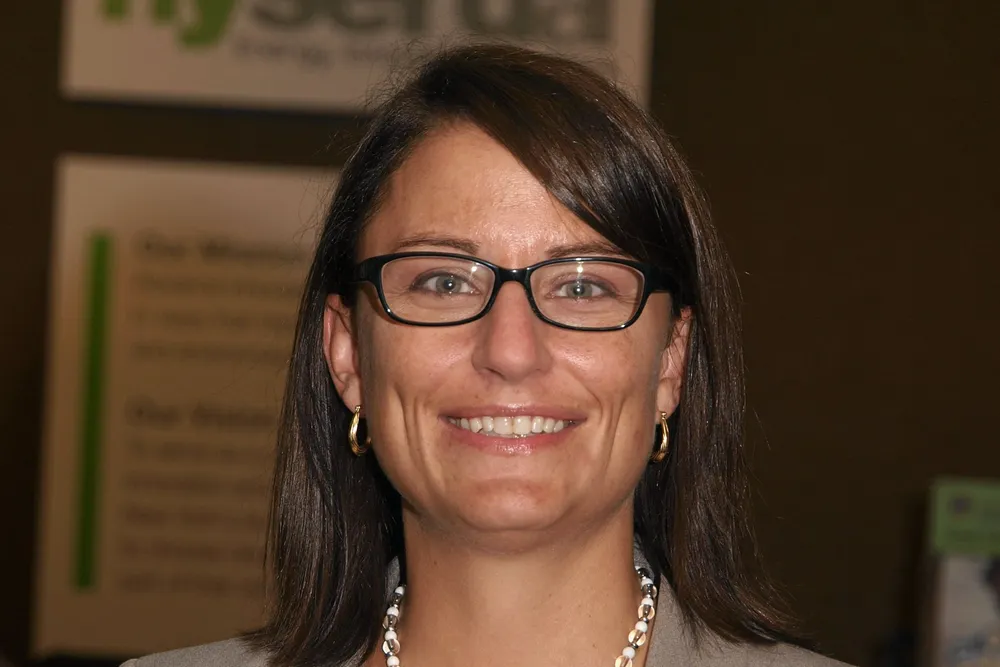Trump Empire reversal 'watershed moment' for US offshore wind: New York authority chief
New York energy regulator Doreen Harris says project restart shows recognition of sector’s economic and energy value

President Donald Trump’s U-turn on Equinor’s $5bn Empire Wind project signals the administration’s recognition of offshore wind’s economic and energy benefits, according to New York State Energy Research and Development Authority (Nyserda) chief executive Doreen Harris.
The stop-work order was a major blow to an industry already reeling from Trump’s memorandum issued on his first day in office that froze all new permitting and leasing while putting existing projects up for review with a goal of “terminating or amending” them.
“I'm hopeful that this is a one of those watershed moments in which we can really take those principles of independence and security and reliability and diversity and move it forward in a way that is truly beneficial across our country,” she added.
New York is pursuing one of the nation’s most ambitious energy and climate agendas, targeting 70% clean power generation by 2030 and 9GW of offshore wind by 2035.
It already is home to the nation’s first commercial scale wind farm to become operational, Orsted’s 132MW South Fork array.
Replicating South Fork’s success has been a challenge, however, with surging inflation and financing costs undermining project economics, leading to the collapse of state’s 8.5GW pipeline of contracted capacity.
Orsted’s 920MW Sunrise and Equinor’s Empire Wind are the only survivors, and only after they were re-contracted at substantially higher prices last year.
An OREC represents the energy attributes of a single MWh of offshore wind power, according to Nyserda.
Trump’s halting of Empire was a major blow for the state’s goals and the industry at large, as it demonstrated that even a project well underway could be derailed.
Trump has made US “energy dominance” through ramped extraction of coal and oil and gas a centrepiece of his policy agenda.
Power demand is surging however, with industry group American Clean Power Association (ACP) seeing 30% rise by 2035, and multiple reports indicate that fossil fuels alone won’t be able to meet this need.
The renewables industry has taken the President’s demand for a stronger energy sector as a rallying cry for clean energy as part of an “all-of-the-above” strategy.
“We're solving for reliability. We're solving for economic development and the needs of the energy system to support it. We're supportive of diverse energy resources and a resilient grid that can sustain well into the future,” she said.
Equinor is also investing an estimated $2bn in revamping the South Brooklyn Marine Terminal (SBMT) to serve as Empire's marshalling and operations and maintenance hub for the entire region.
This work was not impacted by the month-long work stoppage, allowing the 1,500 workers to remain on the job and Empire's installation to quickly resume, putting American mariners back to to work.
Harris pointed to this as indication of the state and federal governments' shared goals.
“We're extraordinarily well aligned in so many respects. What we need to do is really put that into practice,” she said.
(Copyright)